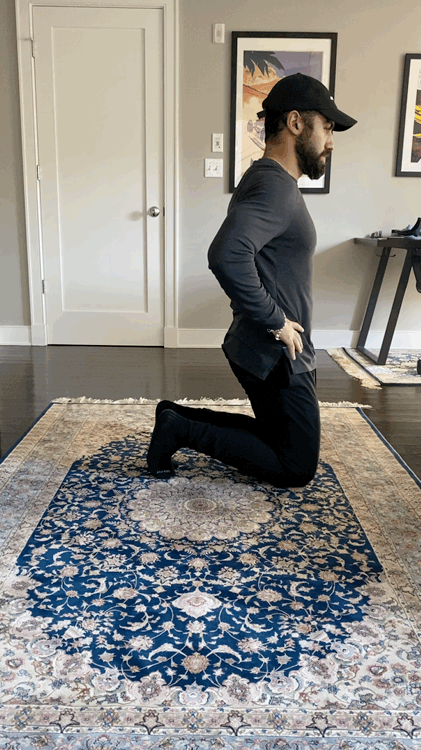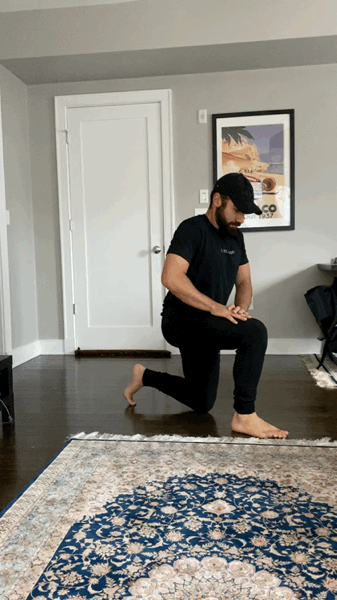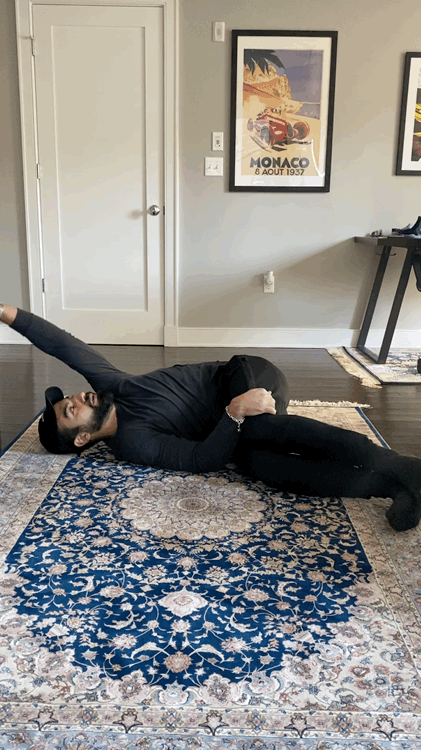your running shoes are not the problem
Anyone who’s experienced joint pain from running has looked down at their shoes, thought “must be the problem”, and gone right to their nearest shoe store and purchased whatever pair the sales associate upsold you on.
This probably worked the first time, maybe even the second, but blaming your shoes is a slippery slope that ends with your feet in those clunky AF Hokas before your first stress fracture.
Yes shoes play a role, but they’re rarely, if ever, the root cause of the problem. Before buying a new pair of shoes, let’s see where your pain may be coming from.
Pain from running can come from two pathways: impact or soft tissue tightness (muscles, tendons). Each pathway has to be addressed differently.
Impact
Stride Length: Too long = Too Much Impact
the most common issue
If you’re running slower than 6 minute miles your strides should be short and choppy. the slower you run, the shorter and choppier your strides should be.
Stride rate shouldn’t change based on speed, stride length should.
Optimal stride rate is around 180 strides per minute if you feel like carrying a metronome
Fix: shorten your stride, increase your stride rate. If done correctly, it’ll feel like you’re rolling forward (albeit awkwardly) instead of leaping forward with each stride.
Bouncing aka too much Vertical Displacement: a lesson on inertia
If your goal is to move forward, move forward - not up and down.
Fix: drop your hips an inch so that your knees soften more, and focus your gaze on something in the distance - try to keep it level. Or, imagine you’re holding a tray of tequila shots you don’t want to spill.
Heel Striking: a recipe for disaster
landing on your heels is a sign that your reaching your legs too far in front of you
you should be landing on your mid foot - right behind the balls of your feet.
Fix: don’t think about what your feet are doing as you run, think about pumping your knees back and forth. The feet will land where they’re supposed to.
All in all, when done well, you should feel as though more impact is being taken by your hips (glutes and hamstrings) and that you’re pulling yourself forward, not pushing down behind you.
Soft Tissue Tightness
This is the more frequent source of pain and the more unavoidable. Anytime we do cardio our muscles will tighten up (it’s called adaptive shortening) in an attempt to make us more efficient at that exercise. As it relates to running, the obvious areas of tightness are calves, hamstrings, quads, and hip flexors so it always helps to stretch those. See below for my routine.
The less obvious and arguably more impactful is hip internal rotation - big words I know - but you don’t have to remember that. What you should remember is the more you run or walk -> the tighter your hips will get -> the harder it will be to rotate into your hips.
If your hips can’t rotate, that increases rotational stress on the adjacent joints: your knees and low back.
If there’s ANY stretch I do after a run, this is the one:
Shin box Hip Internal Rotations
With front hip bent at 90 degrees, rotate your pelvis towards the front knee as much as you can. Once you’ve reached your furthest distance, keep everything tight and still and try lifting your front knee to the ceiling.
If done well, your shouldn’t move at all (because if you rotated your pelvis as far as you could, that knee is at end-range already). We just want to send a signal to the inside of the front thigh to turn on, so you should feel a little work being done around your groin.
full post-run stretch routine
Toe Sit
Toes curled under, try and sit here for 30-60 seconds. Helps reduce the likely hood of developing plantar fasciitis
1/2 kneeling quad stretch
Hinge forward to keep your torso inline with your thigh. Tense your glute on the side you’re pulling to get a better stretch.
Ankle Sit
Toes pointed, sit here for 30-60s. Stretches the muscles of the shin (anterior tib), can help with shin splints
Reverse Nordics
I would consider this advanced, so take it slow. Toes curled under, core + glutes tight (no over-arching of low back), slowly lower yourself backwards to where you can control. Then return.
Knee Drives (calf stretch)
Keeping your heel firm, put weight on your front knee and drive your knee forward. Should feel a stretch in the achilles/lower calf. This attacks the soleus, the under-stretched part of the calf.
Sidelying Thoracic Spine Rotation Stretch
Hips and knees both bent at 90 degrees, reach your top arm as far as you can away from your knees. Aim to get the back of the reaching shoulder to touch the ground, not the hand.
1/2 kneeling hip flexor stretch w/ rotation
Start by flexing your glute on the kneeling side. As you push your hip forward with your glute, rotate your torso over the oustide of your front knee while keeping your front knee square.
Rotational Plank
A personal favorite. Starting in the 90-90 position (shin box) lower onto both elbows at a perpendicular angle to your lead leg. Slide your lead elbow on the ground forward as far as you can, keeping everything else still.












